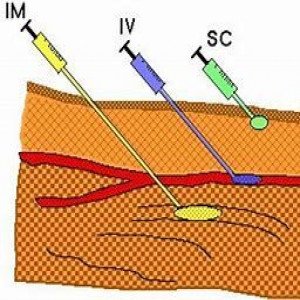 Welcome
Welcome
“May all be happy, may all be healed, may all be at peace and may no one ever suffer."
- A
- B
- C
- D
- E
- F
- G
- H
- I
- J
- K
- L
- M
- N
- O
- P
- Q
- R
- S
- T
- U
- V
- W
- X
- Y
- Z
Pitocin DS 10IU / ml
Chemist Laboratories Ltd.
Inducin 10IU / ml
Incepta Pharmaceuticals Ltd.
Oxytocin - Brands
The active substance of this preparation is synthetically prepared oxytocin, which is identical to the natural occurring hormone from the posterior pituitary gland. Oxytocin causes contractions of the uterus, thus mimicking contractions of normal, spontaneous labor and transiently impeding uterine blood flow. Amplitude and duration of uterine contractions are increased, leading to dilation and effacement of the cervix. Oxytocin also stimulates the smooth muscle associated with the secretory epithelium of the lactating breast causing ejection of milk out of the mammary ductular system but having no direct effect on milk secretion. Oxytocin has only minimal cardiovascular and antidiuretic properties. Therefore, it can safely be administered to patients in whom a (further) increase in blood pressure must be avoided, as in the case of hypertension, toxaemia, (pre-) eclampsia, solutio placentae and uraemia.
Pharmacology
Uterine motility depends on the formation of the contractile protein actomyosin under the influence of the Ca2+ dependent phosphorylating enzyme myosin light-chain kinase. Oxytocin promotes contractions by increasing the intracellular Ca2+, which in turn activates myosin's light chain kinase. Oxytocin has specific receptors in the muscle lining of the uterus and the receptor concentration increases greatly during pregnancy, reaching a maximum in early labor at term.
To be happy, beautiful, healthy, wealthy, hale and long-lived stay with DM3S.